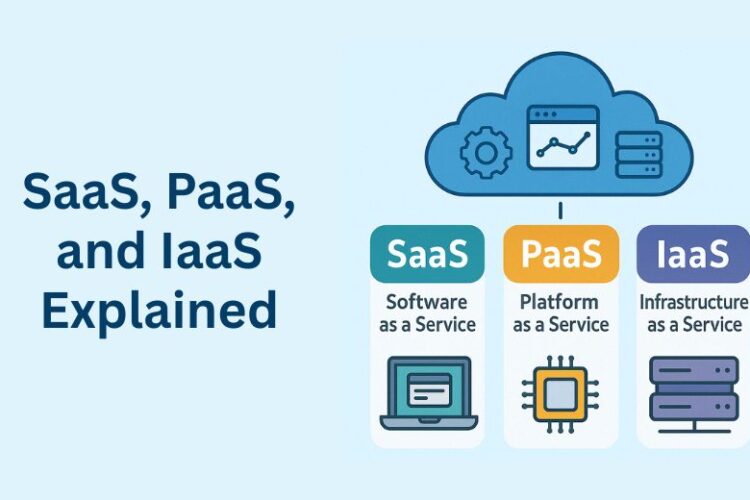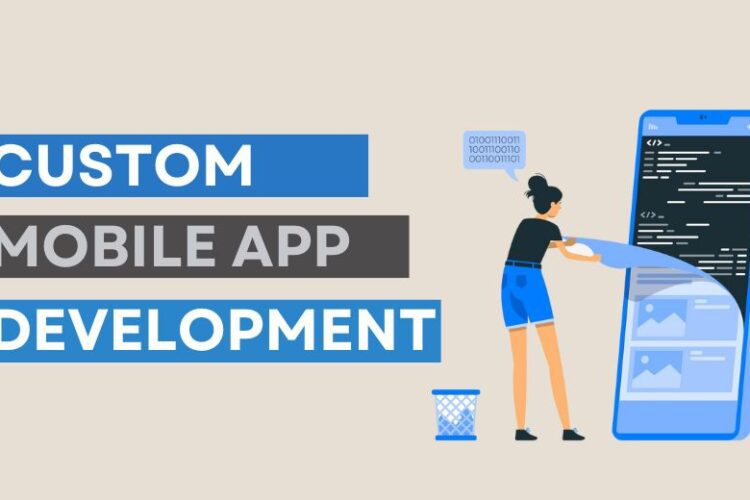One of the most critical building blocks for boosting online visibility and target traffic for modern-day businesses in the digital space is the PPC Strategy. PPC Services helps companies generate leads from search engines, social media networks, and any other digital mediums where the output is believed to be seen immediately. Increasing return on investment (ROI) and achieving the business objectives will thus require a well-defined PPC strategy. This blog will walk you through the must-haves of creating a successful PPC campaign practices and strategies to ensure your campaign succeeds.
Table of Contents:
- Understanding the Basics of PPC
- Setting Clear Objectives
- Identifying the Target Audience
- Keyword Research and Selection
- Creating Compelling Ad Copy
- Landing Page Optimization
- Budgeting and Bidding Strategy
- Performance Monitoring and Tracking
- Launching Remarketing Campaigns
- Common PPC Mistakes to Avoid
Understanding the Basics of PPC
Creating an effective PPC Strategy requires a little knowledge of the basic principles of how PPC advertising works. Pay-Per-Click is one version of online marketing, whereby the advertisers pay every time an ad is clicked on. In other words, it’s just a way of buying visits to your site, rather than earning them organically. Here are some key concepts:
Types of PPC Ads:
- Search Ads: These appear on Google’s search result pages for your search query including your keyword.
- Display Ads: These are graphic ads displayed by websites and apps via the Google Display Network.
- Social Media Ads: This would be sponsored content pushed across Facebook, Instagram, and LinkedIn.
Key Terms:
- CPC: Cost per click is the amount of money paid for every click of an ad.
- Click-Through Rate: No of clicks of an ad divided by the number of all impressions on the ad. The impressions are the times an advertisement is displayed before the users.
Knowing these basics helps build a solid PPC strategy.
Setting Clear Objectives

The first step for a successful campaign is setting clear goals. Uncertainty is hard to measure with objectives that are not defined; hence, when creating your PPC strategy, consider the following:
- Define your goals: the first step should always be defining your objectives. It can be brand awareness, lead generation, or sales conversion. The more defined your goals are, the sharper your approach is going to be.
- Match PPC Objectives with the Business Goal: The aim should align well with your business strategy. To illustrate, if your goal is making sales, then your PPC campaign should be targeting conversions and not traffic.
The clear and relevant objectives you establish will help you track the progress and make appropriate adjustments along the way; hence, you ensure that your PPC contributes toward more significant business targets, helping to enhance the campaign’s effectiveness.
Identify the target group
In a PPC campaign, it is not about increasing your reach to wider groups of people but targeting the right audience. How to target your market:
Techniques of Audience Segmentation:
- Demographics: age, gender, income level, and education can give some previews about your target group.
- Interests and Behaviours: What people are interested in, or how they behave can add more to targeting.
- Knowing your customer personas: This is Important because well-crafted customer personas can help your messaging, as well as the ad content, connect well with the audience.
Tools for audience analysis.
- Google Analytics: This will help in understanding user behavior and demographic information.
- Social media insights: Facebook and Instagram both offer analytics, which provide an idea of audience engagement and preference.
Knowing the target audience is helpful for how to serve the PPC campaign pretty well and maximizing the impact of your PPC services. Working with a reliable PPC company can also be an added asset for boosting your PPC efforts in reaching and engaging your target audience.
Keywords Research and Selection

Keyword research is a part of any PPC strategy. It’s actually what determines how your ad will pop up in the view of your potential customers. Here is everything you need to know about keywords:
A keyword refers to words or phrases that people use while trying to search for something. Proper choice of words and phrases can be the key to successfully making your ads visible to the right people as the relevance of keywords highly increases the chances for your target audience to view your ads and interact.
Tools for Keyword Research:
- Google Keyword Planner: provides keyword ideas and an estimate of traffic.
- SEMrush: Tracking keywords and competitive analytics.
This tool uses keyword discovery based on both search volume and competition.
Long-tail vs. short-tail keywords:
- Long-tail keywords: More specific phrases usually a bit longer, such as “best running shoes for flat feet”, typically less competitive but may drive targeted traffic.
- Short-tail keywords: Include more general terms that have a higher volume, but also competition-for example “running shoes”.
The utilization of both long-tail and short-tail keywords will diversify your approach and touch different segments of your audience.
Creating Compelling ad Copy
Once you have your keywords, the second step in making your PPC marketing plan is creating a compelling ad copy that grabs the user’s attention to drive those clicks to conversion. Here’s how:
Best Practices for Great Ad Copy
- Headline: Use a concise headline that grabs attention.
- Description: Let the user know how the products that your PPC company is offering will benefit them.
- Call to Action (CTA): Provide a proper call to action that encourages them to do something by using a word such as “Shop Now,” or “Sign Up Today”.
Best Copywriting Practices:
- Use relevant keywords for your ad copy to bring up the quality scores.
- Emphasize USPs that would help to set it apart
- Be simple. Avoid jargon.
Why A/B Testing Matters in Ad Copy:
The best way to attain your goal of reaching the right audience is by A/B testing different versions of your ad copy regularly. It will assist your advertisement to perform much better while delivering a higher CTR.
Landing Page Optimization
While that ad copy may well prompt people to click, it’s the optimized landing page that converts those visitors into leads or customers.
Consider this:
In PPC campaigns, landing pages play a significant role in complementing an ad and helping us convert users into potential buyers. Rather than just advertising your product, you should try linking the product to the homepage. Designing landing pages requires designing them according to specific offers presented within your ad.
Core elements of an effective landing page:
- Relevance: Ensure that the copy used on landing pages resonates with the ad messages and keywords.
- Design: It should be clean and business-related to ensure a better user experience.
- CTA: Make call-to-action quite visible and convincing.
Landing Page Optimization Tips for More Conversion:
- Minimize the loading time to reduce the bounce rate.
- Use testimonials or case studies for credibility.
- A clean, direct lead generation form is included.
With an optimized landing page, your chances of a conversion rate increase exponentially, which is a pretty crucial part of your PPC strategy.
Budgeting and Bidding Strategy
The budget must be appropriately set with the right selection of strategy to place bids at the cheapest cost.
Set PPC services Budget. This is exactly how much you would like to spend, based on the overarching marketing budget and the expected ROI. This should include consideration of industry benchmarks and campaign objectives.
Overview of Bidding Strategies:
- Manual Bidding: It lets you set the exact cost per click for each keyword.
- Automated Bidding: Google automatically sets optimal bids to achieve maximum conversions within a budget.
- PPC cost management tips: Check ads performance and adjust bids and budget distribution accordingly at regular intervals. Check on underperformance ads, suspend them, and redirect the budget to campaigns that may bring better performance.
Strategic budgeting and pricing campaign strategy means one has to spend the least amount of money while ensuring maximum efficiency from the campaigns.
Performance monitoring and tracking

Monitoring your performance is a very important part because until and unless you do not monitor your work, how are you going to know whether your PPC strategies worked or not? Here are the steps to be followed to monitor and analyze your performance:
It’s very important to be tracking PPC performance metrics because of key performance indicators like CTR, conversion rate, and ROI, that might give an overview of how your campaigns are doing.
Metrics Monitoring Tools for PPC Performance
Google Ads gives full analytics of advertisement activity and performance, which then adjusts it accordingly.
- Google Analytics: It tracks additional user behavior after they click. This also offers insights that would not otherwise be possible for landing pages to be successful.
- Adjusting strategies: This means monitoring how the campaigns are performing and being able to make decisions strictly based on data. Among those things, your orders will be to adjust bids, pause underperforming keywords, and thereby optimize ad copy accordingly.
The only way of making meaningful progress and staying with PPC campaigns is through continuous tracking and analysis.
Launch Remarketing Campaign
One more way of engaging with users who have interacted with your brand earlier is through remarketing. And this is how to do that within your PPC strategy:
- Definition and Benefits of Remarketing: Remarketing is sending existing users, who may have already visited your site or otherwise engaged with your advertisement, back to your product or services.
- How to Install Remarketing Campaigns? Build remarketing lists in Google Ads by segmenting users based on their on-site behavior. Then personalize ads for them in such a way that these ads become relevant to them.
Examples of best practices in remarketing:
- Show them related products the customer looked for but did not buy.
- Those who leave their shopping carts as it is for a longer period should be offered some discounted deals.
- That’s a huge step in terms of conversion rates and achieving strong brand recall among potential customers.
Common PPC Mistakes to Avoid

Of course, no PPC strategies are without challenges. Here are some of the most popular blunders that should people watch for:
- Bad targeting: If the audience is not properly defined, then he may be spending money for ads on irrelevant people.
- Lack of care toward mobile users: Today, everybody uses the internet on their mobile. So landing pages and the ads need to be mobile-friendly.
Tips to Avoid Such Mistakes:
- Periodically review and refine your audience targeting.
- Your site should first and foremost be responsive, mobile-friendly, and fast-loading. One should have a PPC strategy if one knows what common mistakes are and is proactive in taking measures that avoid those pitfalls.
Conclusion:
It’s continuous planning, execution, and optimization. Unless every single element from the basics of PPC is important to monitoring performance and avoiding common pitfalls, then it cannot be effectively implemented. Thus, following these steps on how to create a comprehensive PPC strategy will drive high volumes of traffic toward your website, generate leads, and most importantly, boost sales.
If you need your PPC campaign to get to the saturation level, contact us. Check our PPC Services and learn more about how we can help you find the perfect solution for your business. Just contact us for a consultation, or download our complete PPC checklist to start your journey towards successful PPC advertising.




